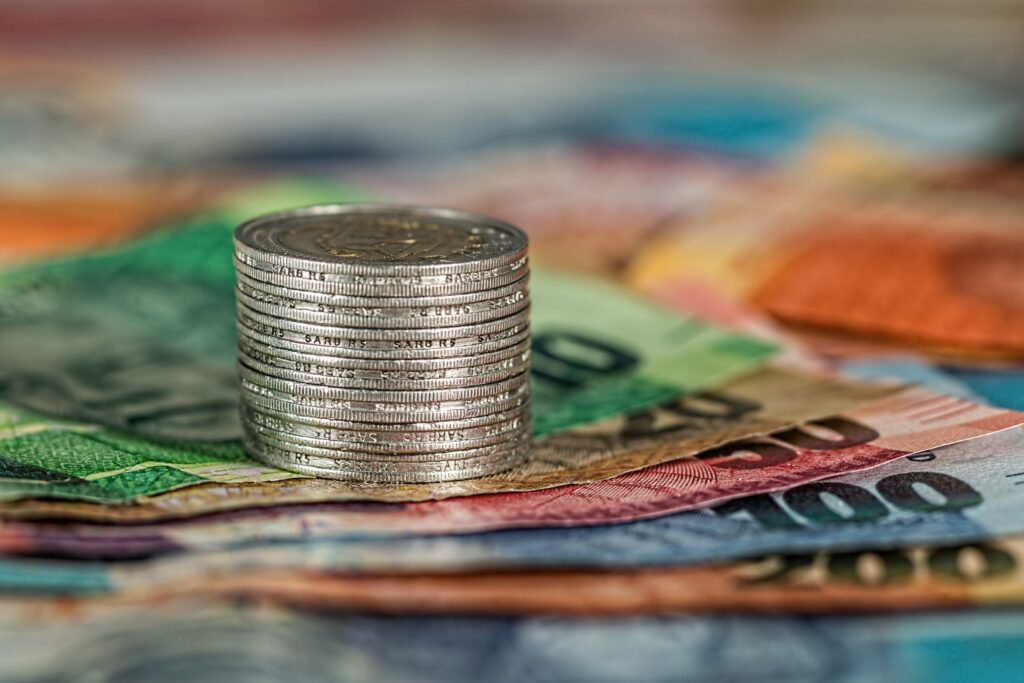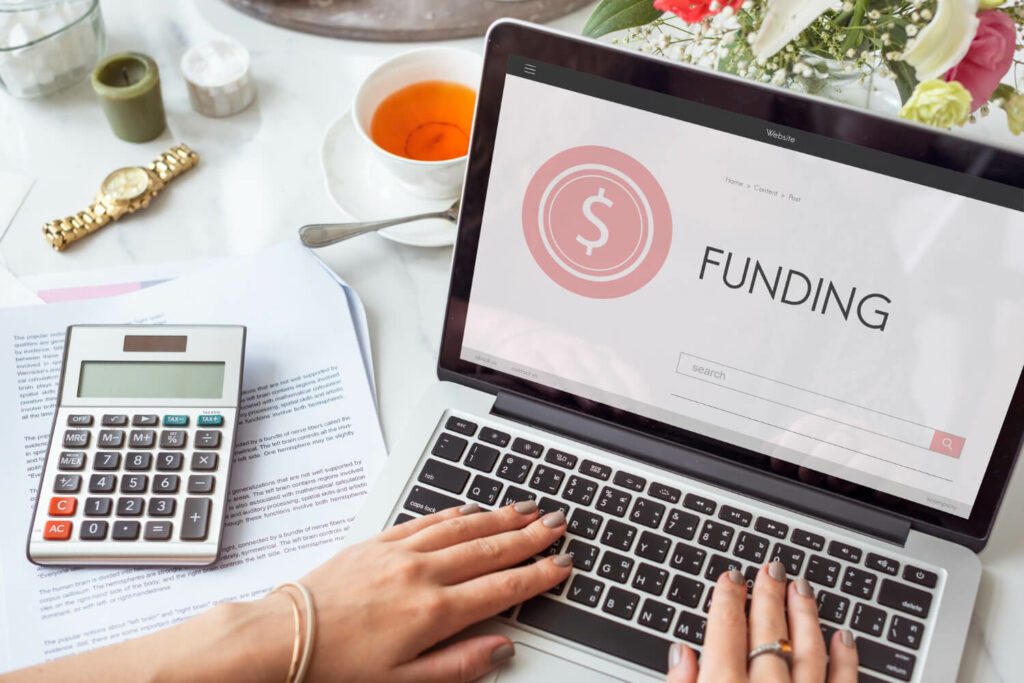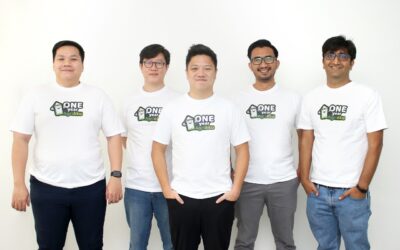In the last few years, the number of startup companies has increased significantly. Many people are interested in being involved in the startup industry. One of the most talked-about the discussion in the startup industry is about startup funding. Because undeniably, to be able to raise funds is one of the major obstacles in starting a business. Both human and financial resources are needed in order to build a startup from scratch.
Currently, there are many investors who focus on investing in startup companies. Therefore, finding investors for startups in Indonesia is no longer that difficult as several local startups have skyrocketed into very successful businesses.
There are several stages of funding, namely: (1) seed funding; (2) series A funding; (3) series B funding; (4) series C funding; and (5) initial public offering (IPO). Each funding stage has a different character. The funding stage also indicates the level of development of a startup business. In this article, we will explain further about the definition and the stages of series A funding.
Also read: What Does Stealth Mode Mean in Startups?
Series A Funding for Startup

Series A Funding and the Impact for Startup Companies
Series A funding is the stage in the capital-raising process by a start-up after seed funding. Once the startup has developed a track record, the company can move on to series A funding to optimize product offers.
In series A funding, it is important to have a business plan that will generate sustainable profit. Typically, the amount raised through series A funding is around US $2 million to US $15 million or 30% of the valuation company. This number is subject to increase depending on the high assessment in the technology industry. The average series A funding in 2020 is around US $15.6 million.
In series A funding, investors are not just looking for companies that have great ideas, but the investors are looking for companies that can execute these great ideas with strong strategies, which will result in profitable businesses in the long term.
Also read: Successful Young Indonesian Entrepreneurs Starting a Business from Scratch
Series A Funding and Seed Funding
The first stage of startup funding is seed funding. The aims from seed funding is find the potential products and identification market that suit with the product who want to be developed. The amount of investment raised in the seed funding stage depends on the costs needed by startups, such as marketing costs, salaries, office operations, and others. The source of seed funding commonly comes from the closest people, such as colleagues, family, or venture capital (VC). There are various VCs that provide funds to invest in Indonesian startups.
When the startup product has reached the Beta stage and it is ready to get a certain number of users, the startup is ready to receive series A funding. Investors will not immediately disburse funds for startups that do not yet have a market and user base.
In series A funding, startup founders will identify the right business model by scaling products to other regions that have the same user’s characteristics.
Similar to the seed funding stage, there are many factors that must be considered when raising for series A funding. While consideration of the amount raised in seed funding relied on the marketing costs, salaries, office operations of the company, the amount to be raised in series A funding depends on potential and capabilities of the startup. The funds for series A funding may come from several investors or VC. A VC may provide funding for startups from the seed funding stage to IPO stage.
Read also: Important Positions in Startup Organizational Structure
Stages to get Series A funding
Seed funding is the first stage of funding that is done by a startup company in order to raise funds. During the seed funding stage, startup companies are being assisted to determine the final product and the target of the company. With the help of investors who are willing to fund the company, startup founders no longer have to fund their own company. The funds raised in this process are generally used for recruitment, product launches, market development, and building customer appeal.
After determining the products, conducting testing, and completing recruitment, startups are ready to proceed to the next funding stage, namely the series A round.
Series A funding can be conducted when startup company have established their products and users. This stage is an opportunity for startup founders to build the right business model.
For startup Indonesia, the amount of funds raised through series A funding varies depending on the potential of the startup. The funds obtained through series A funding are usually obtained from several investors at once.
Read also: Alpha JWC Ventures Closes Second Fund Oversubscribed at USD123 Million
The Next Funding Stages

Series A Funding and the Impact for Startup Companies
After the startup companies have scaled and obtained a large enough market share and are able to survive among competitors, the startup company may raise funds through the next funding stage, which is series B funding.
The amount of funds raised through series B funding in 2020 is around US $33 million. A startup will be able to raise a higher number if the company is able to generate profits in accordance to the investors’ expectation.
After the series B funding, a startup company may raise more funds through series C funding. Once a company reaches series C funding, the company is now mature and the business model is working effectively with big number of users.
Company may also raise funds through Initial Public Offering (IPO). An IPO is the stage when a company offers its shares to the public for the first time. The public who buys the shares from the company are the investors of the company and will become the shareholders.
Also read: Early Startup Funding Stages: Explained From Seed to IPO
In order for a company to do an IPO, the company must have a stable financial condition. Additionally, the company must have a good and effective corporate governance at this stage.
The various stages of startup funding can be called a stepping stone for startups to continue to grow. Through the stages of funding, the company will understand the position and potential it has. The company can reach further stages even though it takes a long time.



